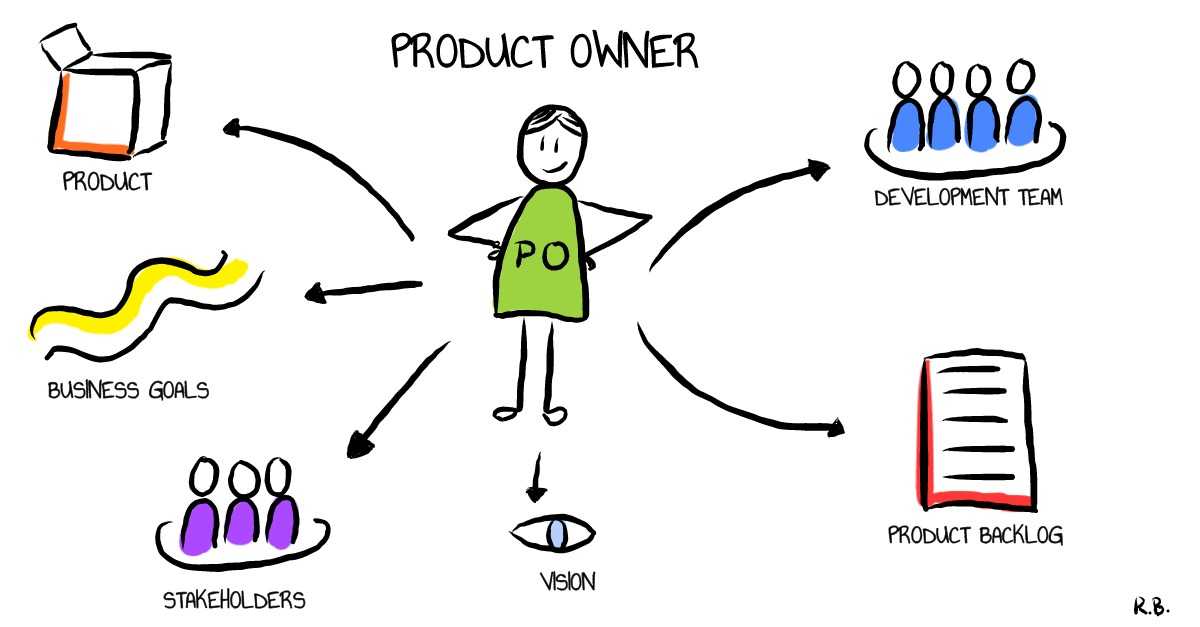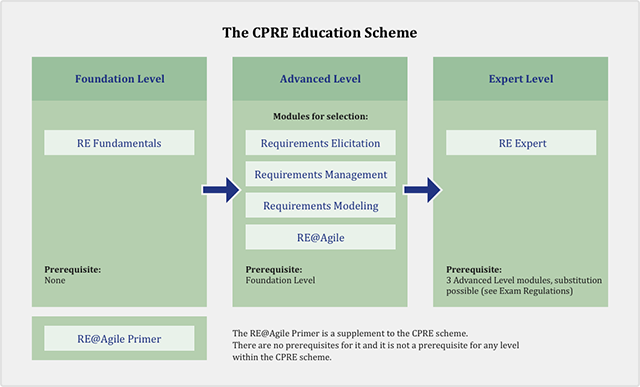
Product Owner Formation

You are acting as a product owner in your organization.
Congratulations, working as a professional product owner is a fulfilling and exciting job.
You should attend professional training.
Being a product owner and requirement engineer is a profession, not a hobby!
Formal training is often the difference between being a professional instead of just pretending to be one.
Product Owner Role
Here the official definition of the product owner role taken from the Scrum.
The Product Owner is accountable for maximizing the value of the product resulting from the work of the Scrum Team. How this is done may vary widely across organizations, Scrum Teams, and individuals.
The Product Owner is also accountable for effective Product Backlog management, which includes:
-
Developing and explicitly communicating the Product Goal;
-
Creating and clearly communicating Product Backlog items;
-
Ordering Product Backlog Items; and,
-
Ensuring that the Product Backlog is transparent, visible, and understood.
The Product Owner may do the above work or may delegate the responsibility to others. Regardless, the Product Owner remains accountable.
For Product Owners to succeed, the entire organization must respect their decisions. These decisions are visible in the content and ordering of the Product Backlog, and through the inspectable Increment at the Sprint Review.
The Product Owner is one person, not a committee. The Product Owner may represent the needs of many stakeholders in the Product Backlog. Those wanting to change the Product Backlog can do so by trying to convince the Product Owner.
How can you become a better product owner? The first steps to becoming a great product owner are described in this article.
Certifications
The two big Scrum organizations Scrum Alliance and Scrum.org provide a certification path for product owners. The certification path has three levels:
- Certified Scrum Product Owner
-
Introduction course for those who are closest to the business side of the project.
It is usually two-day training. The Scrum.org allows taking the certification examination without attending a course. They also published a reference book [1]. - Certified Advanced Scrum Product Owner
-
Advanced course for Product Owners who already have one year of experience on a Scrum team.
It is at least two days training. You should read the recommended books to have a greater probability to pass the examination on the first try. - Certified Scrum Professional Product Owner
-
Pinnacle course for experts wishing to master the Product Owner track.
The third level requires more training, experience, and reading books. You often must participate in workshops before being allowed to graduate. Each certification organization has her own rules and conditions.
Beware if you select the Scrum Alliance, you must renew your certification every two years. The conditions are similar to the renewal of a PMI certification. You must provide proof of training and pay a fee. The Scrum.org certifications never expire.
The Product Owner learning objectives for the first level are:
-
Product Owner Core Competencies
-
discuss at least three types of organizational contexts that affect the approach to the Product Owner role.
-
identify the impact of at least three anti-patterns that might exist for Product Owners.
-
use at least one technique to provide transparency to stakeholders on progress toward goals.
-
list at least three techniques to engage stakeholders to gather information or insights.
-
identify at least two ways of overcoming the challenges of being a Product Owner for multiple teams.
-
-
Describing Purpose and Strategy
-
practice the creation of a product vision.
-
list the components of a product plan or forecast with stakeholders.
-
describe how to plan a product release.
-
explain at least two approaches to identify small, valuable, and releasable Product Increments.
-
-
Understanding Customers and Users describe why a Product Owner performs discovery and validation work
-
illustrate at least one approach for segmenting customers and users.
-
practice at least one technique to prioritize between conflicting customer (or user) needs.
-
describe at least three aspects of product discovery and identify how each contributes to successful product outcomes.
-
use one technique to describe users and customers: their jobs, activities, pains, and gains.
-
list at least three approaches to connect the Development Team directly to customers and users
-
describe at least three benefits of Development Team direct interactions.
-
-
Validating Product Assumptions
-
describe how Scrum supports validating product assumptions.
-
describe at least one approach to validate product assumptions by their cost and quality of learning
-
-
Working with the Product Backlog
-
describe the relationship between outcome and output
-
describe at least three attributes of a Product Backlog item that help assess the maximizing outcome
-
define value and list at least two techniques to measure value.
-
describe value from the perspective of at least three different stakeholder groups.
-
list at least three terms related to product economics
-
create at least one Product Backlog item that includes a description of the desired outcome and value.
-
describe at least one approach to Product Backlog Refinement.
-
describe at least three criteria for ordering the Product Backlog.
-
You can self-study the Scrum Product Owner objectives [1], [2] with the official product owner book [product-owner]. The book is well-written and covers all required topics. Be a professional knowledge worker and support your organization on the agile path [6].
A reading list can be found under Suggested Reading for Professional Scrum Product Owner.
I published a list of seminal works for interested product owners under Books.
Requirement Engineering Training
The most relevant organization is Europe is the International Requirements Engineering Board IREB. Professional requirements engineers should be IREB certified.
The requirements engineering community is well on the path to deeper agility.

The certification is often a prerequisite to be hired for a requirement engineer job.
The organization offers two certifications for Certified Professional Requirements Engineering with emphasis on agile approaches:
-
RE@Agile Primer - Bridging the gap between RE and Agile
-
Advanced Level RE@Agile - is part of the advanced CPRE AL
University Formal Training
Technical universities in Switzerland provide formal training in requirements engineering and related fields [3]. The formation provides a certificate of advanced study CAS in the field. Current available certificates of advanced study offering are, for example:
An interesting development is the addition of tailored requirement training emphasizing agile approaches. I expect the emphasis on agile approaches to increase in the next years.
Similar technical university formations are provided for User Interface Design and Usability Engineering. See, for example, Master Human Computer Interaction Design.
LInks
-
[1] Scrum Alliance Certified Scrum Product Owner Learning Objectives. Scrum Alliance. 2021
-
[2] Scrum Alliance Advanced Certified Scrum Product Owner Learning Objectives. Scrum Alliance. 2017
-
[3] Agile Requirements Engineering. Marcel Baumann. 2020
-
[4] Agile Software Architecture is Mainstream. Marcel Baumann. 2021
-
[6] Detecting Agile Bullshit. Marcel Baumann. 2019
-
[7] Scrum Master Formation. Marcel Baumann. 2021
-
[8] Product Owner Formation. Marcel Baumann. 2021
-
[9] Scrum Developer Formation. Marcel Baumann. 2021
-
[10] Scrum Guide Jeff Sutherland, Ken Schwaber. 2020
References
[1] D. McGreal and R. Jocham, The Professional Product Owner. Addison-Wesley Professional [Online]. Available: https://www.amazon.com/dp/B07D5ZPJBY